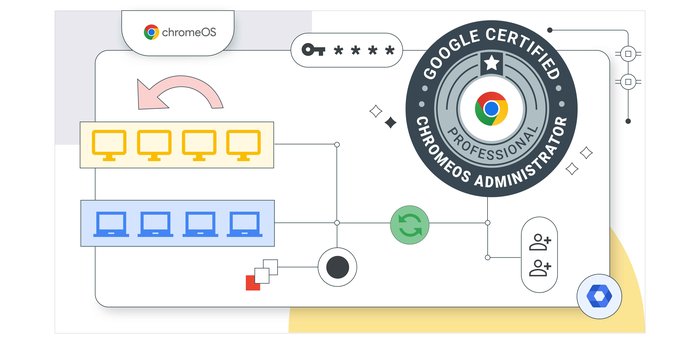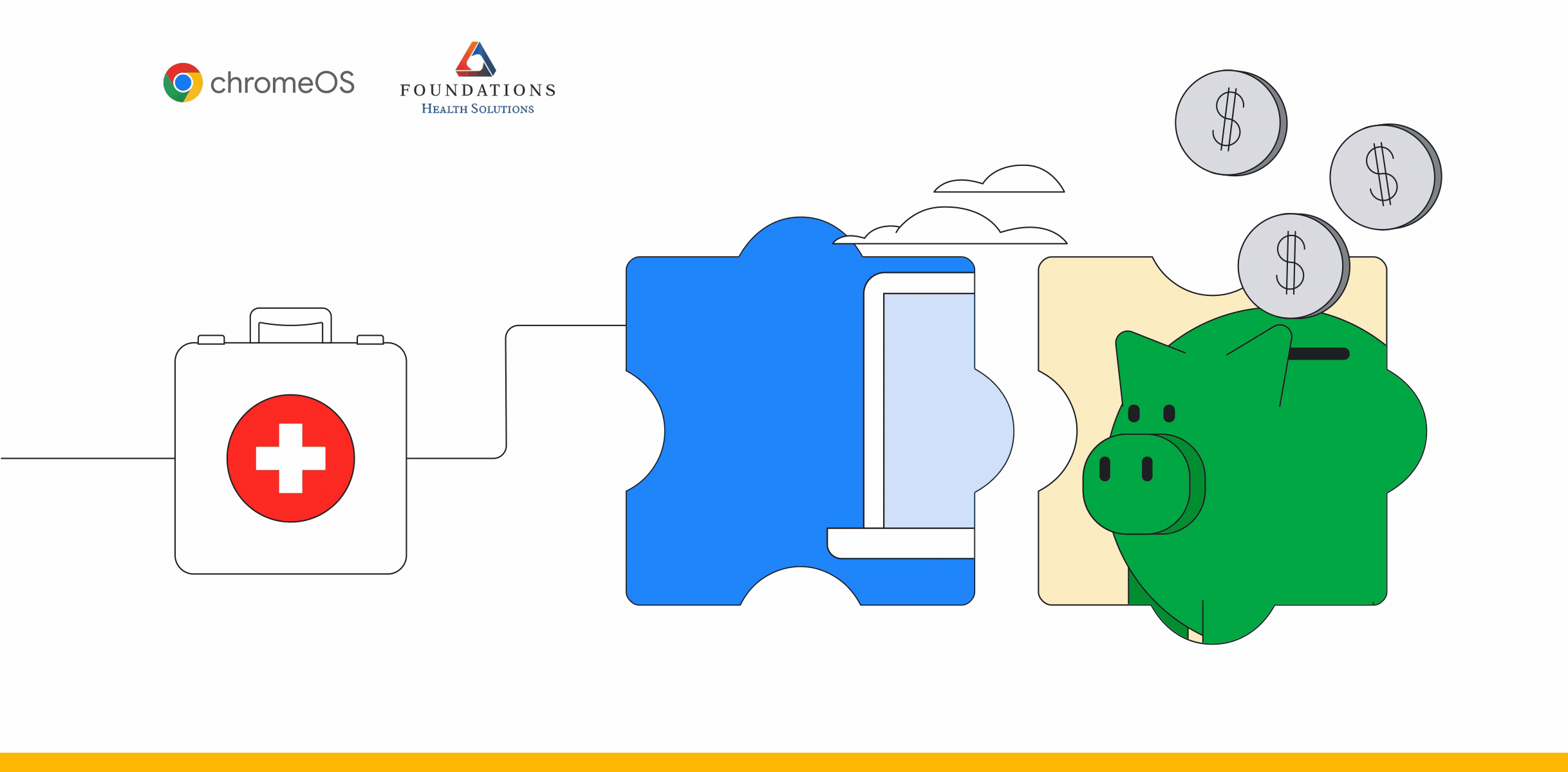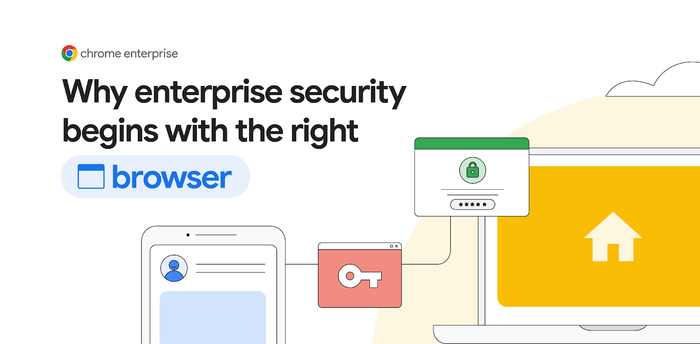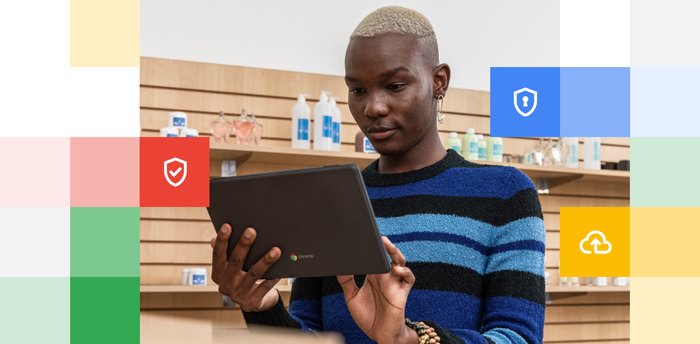American Medical Facilities Management's skilled nursing centers scale seamlessly with ChromeOS
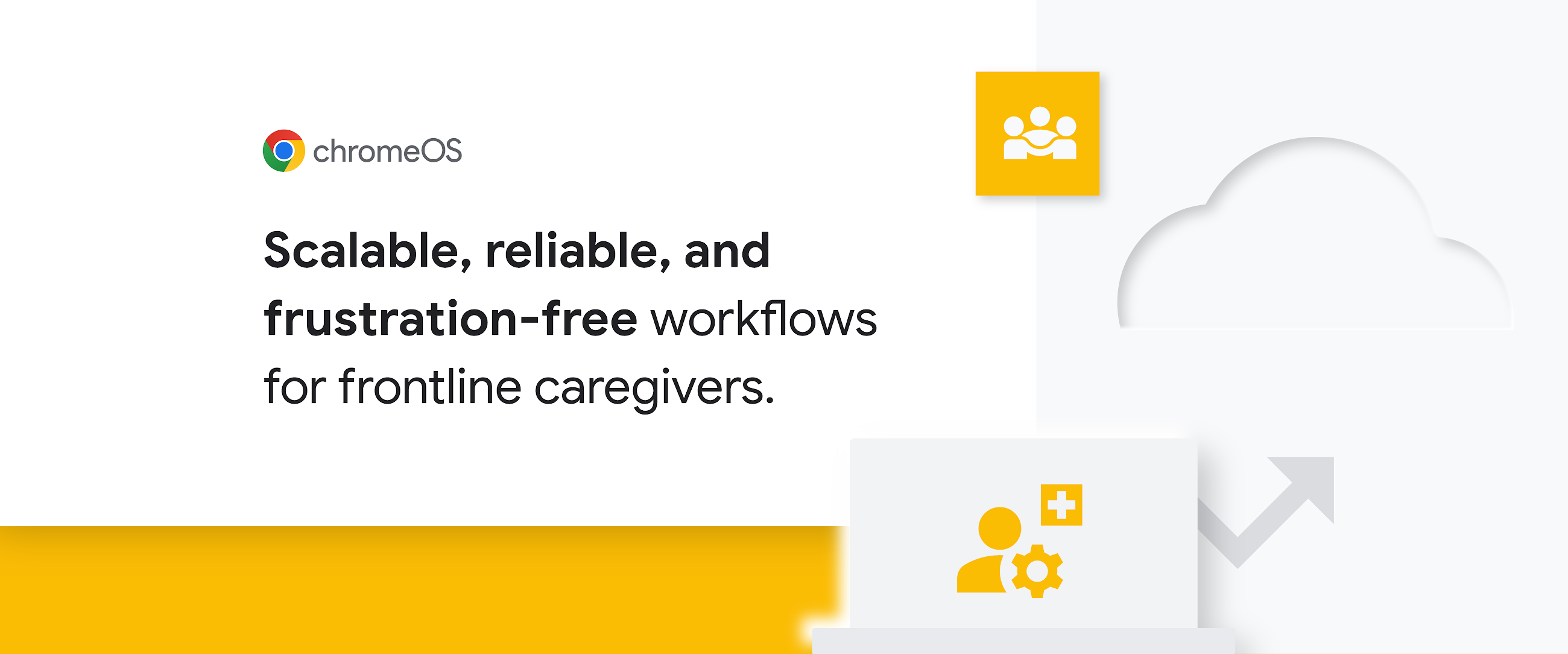
David Anderson
CIO, American Medical Facilities Management
AMFM’s skilled nursing centers scale seamlessly with ChromeOS
Editor's note: Today’s post is by David Anderson, CIO for American Medical Facilities Management (AMFM), a group of 19 skilled nursing and rehabilitation centers in West Virginia. AMFM has adopted Chrome Enterprise Upgrade and ChromeOS devices to equip its frontline healthcare workers with seamless access to their caregiving apps and data.
AMFM’s skilled nursing centers scale seamlessly with ChromeOS
Whenever a new app came along at AMFM’s senior care centers, we used to spend months planning the technical rollout, assessing hardware choices, and hoping that caregivers could quickly ramp up on adoption. Today, we only ask two questions: “Can we make this work with ChromeOS devices?” and “Is it web-based?” If the answer to both questions is “yes,” and it usually is, the hardware purchases, employee training, and other stressful jobs disappear.
How did we make the rollout of new caregiving and productivity tools so easy? ChromeOS devices, plus a passion for delivering seamless, consistent workflows for our frontline healthcare employees. We want their experiences online to be reliable and frustration-free. Our mission is to adopt company infrastructure that’s completely scalable, with as little friction as possible.
The challenges of sharing devices
The Windows desktop and laptop computers we had in place at AMFM were not meeting our mission. Scalability was important because we were growing quickly. We’ve been acquiring or starting up new care facilities at the rate of about one a year, and those employees needed to be equipped with devices and app access. But the Windows computers had high management overhead, and they were expensive to buy.
Sharing Windows devices in an environment where caregivers would trade laptops and computers was very difficult. We had to enforce compliance rules about patient data privacy, while worrying what to do if laptops with access to the data were misplaced. The touch-screen monitors used by nurses and CNAs (certified nursing assistants) were bulky and hard to use.
A couple of years ago, when just about all of our software vendors had launched web versions—including PointClickCare, our EHR (electronic health record) solution—we realized our caregivers could do just about all their work on ChromeOS devices and Chrome browser. With about 300 devices—including Acer 315 Chromebooks and Acer Chromebooks—shared among 1,000 users, and replacing the Windows desktop and laptop computers, we’ve moved definitively away from the old days of unscalable, unchangeable, and high-maintenance hardware and systems.
I really do envision a future where we can say to every employee, ‘Here’s your ChromeOS device. Take it home, take it wherever, we don’t really care,’ because if the environment’s consistent and there’s nothing saved, then it’s secure.
David Anderson, CIO, American Medical Facilities Management
How life has changed at AMFM
We have better compliance and security with managed guest sessions. Most of our ChromeOS devices run with managed guest sessions, allowing caregivers to log into and out of any Chromebook or Chromebase that’s in their work areas. This has been a game-changer and is perfect for our environment, where nurses and CNAs are constantly moving to different patients and buildings.
Once a caregiver leaves a device behind for a few minutes, they’re logged out of ChromeOS automatically. The next user just has to log in to see the AMFM welcome Chrome browser screen, which links to all the daily tools like PointClickCare.
When devices enrolled in Chrome Enterprise Upgrade run in managed guest session mode, we’re able to isolate them on their own virtual network within our environment. We don’t have to worry about the devices commingling with other devices, and we can have a very specific security policy for them that’s designed for the multi-user environment. That’s huge from a compliance standpoint.
Since adopting ChromeOS, our hands-on support is minimal. This speaks volumes about our ChromeOS environment. Our IT team is the same size it was in 2012, when the company was only about half the size it is today. The time that it took to support the Windows desktop environment is now spent on expanding and managing other systems beyond what the caregivers use. Our trouble ticket volume has also stayed flat even as we’ve expanded.
The change in provisioning has also been huge. It used to take about a week minimum to replace a lost laptop, or repair broken hardware. Now, once we get new Chromebooks or Chromebases from our partner CDW, we enroll them in the Google Admin console using Chrome Enterprise Upgrade in a few minutes.
We halved our hardware cost when it comes to mobile devices like laptops. For stationary devices, we used to pay about $2,100 each for desktop computers and screens. Today, Chromebases cost about $700, just one-third the cost. In total, we saved about $109,000 on hardware purchases.
We know the difference ChromeOS has made to our company, but we’re proud that McKnight’s Excellence in Technology Awards recognized it also, giving us the Bronze Award in its “Keep It Super Simple/Skilled Care” category. We met our mission to build out infrastructure that’s scalable, with little friction, and offering an easy and consistent experience for caregivers.
With ChromeOS in place, desktop support and end-user support is not stressful. It’s basically set and forget.
David Anderson, CIO, American Medical Facilities Management
